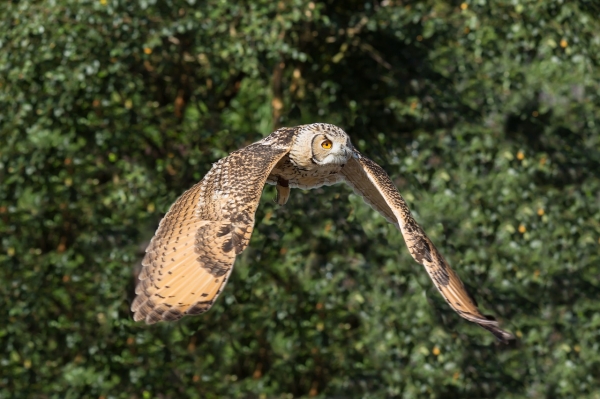Owls produce negligible noise while flying. While many studies have linked the micro-fringes in owl wings to their silent flight, the exact mechanisms have been unclear.
Owls produce negligible noise while flying. While many studies have linked the micro-fringes in owl wings to their silent flight, the exact mechanisms have been unclear. Now, a team of researchers has uncovered the effects of these micro-fringes on the sound and aerodynamic performance of owl wings through computational fluid dynamic simulations. Their findings can inspire biomimetic designs for the development of low-noise fluid machinery.
Owls are fascinating creatures that can fly silently through some of the quietest places. Their wings make no noise while flying, enabling them to accurately locate their prey using their exceptional hearing ability while remaining undetected. This unique ability depends on many factors and has long been a hot research subject.
Studies have found associations between the ability to fly silently and the presence of micro-fringes in owl wings. These trailing-edge (TE) fringes play a crucial role in suppressing the noise produced by wing flap-induced air movement.
Read more at Chiba University
Photo Credit: dannymoore1973 via Pixabay




